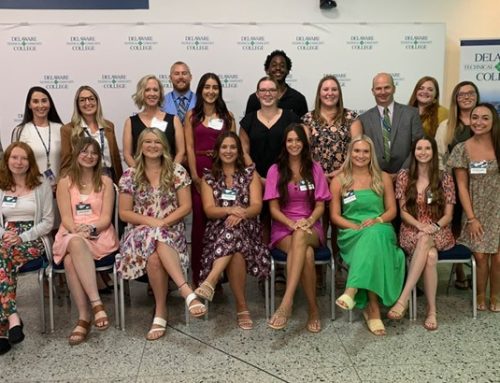You spent a lot of time and money developing your website. It should work for you every day, 24 hours a day, attracting consumers to your business or organization. But does it?
Is it clearly explaining what you do? Does it entice customers or clients to read through the information? Does it invite and encourage them to contact you? If not, you’ve wasted time, money — and you’re losing potential customers.
The foolproof approach to web design and content is to always consider your readers. Never make them re-read a statement to understand it. Don’t burden them with long, dry content. Don’t overwhelm them with too much information at once. Be considerate of your reader at all times, and you’ll have a productive website.
 1. Your home page: Make the right first impression.
1. Your home page: Make the right first impression.
Your homepage should “wow” with one or two simple statements about who you are and what you do, without too much text. Summarize your services in a tagline that stands out and piques the viewer’s curiosity. Effective slogans include: “We work hard so you don’t have to.” “Solving your legal problem is my job.” “A diamond is forever.” Summarize lengthy text in a few sentences on the home page or move it inside.
In website text, tone is vastly important. Express your caring side or your commitment to serving your clients. Keep your text conversational and friendly. Ensure your website is visually appealing, with attractive colors and images that convey the key message.
2. Headers and subheads: Break long stretches of text with headlines.
If your pages contain blocks of text, add headings and subheads that introduce content. Break your text into paragraphs. Long pages of text discourage web surfers. Your headings should convey friendliness. “We make your job easy.” “Serving the undeserved.“ Later, during a website rework, you can shorten lengthy text.
3. Text font: Make it easy on the eyes.
On websites, black font on a high-contrast background is easiest to read. Brown, dark blue or gray might look stylish, but reading anything longer than a tagline or signature is more about ease than style. Convert all your text to black. And stay with the same typeface. Make sure it’s consistent across the page, including headers. Don’t try to impress your readers by mixing typefaces. Concentrate on delivering your message concisely, in a way that can be read and understood effortlessly.
4. Graphics: Avoid clutter
Take a fresh look at your website pages. Are they busy or cluttered? For now, remove one or two charts or images that you can do without. Later, if you want to include them, shorten the text or create a page for them. Too much text and too many graphics overwhelm readers. They will quickly switch to a different site. Most website readers are looking for quick information to satisfy their curiosity or answer questions. They are not studying for a college class, reading and committing every word to memory. Rid cluttered pages of excess images for a cleaner look.
5. Keywords: Make it easy for clients to find you.
You may not have the resources or time for a complete website makeover, but adding keywords throughout will ensure your website appears on Google searches. People use keywords in searches to find a business or organization. Include keywords to attract potential customers and make your website more visible in the digital world. When you redesign your website, use those keywords frequently across the site.
A mini website makeover means your website can get more hits, attract more customers and bring in more business. The changes are simple and don’t require much time, but can make a huge difference.
Do you need a website makeover? Contact us for summer packages at www.hookpr.com.




